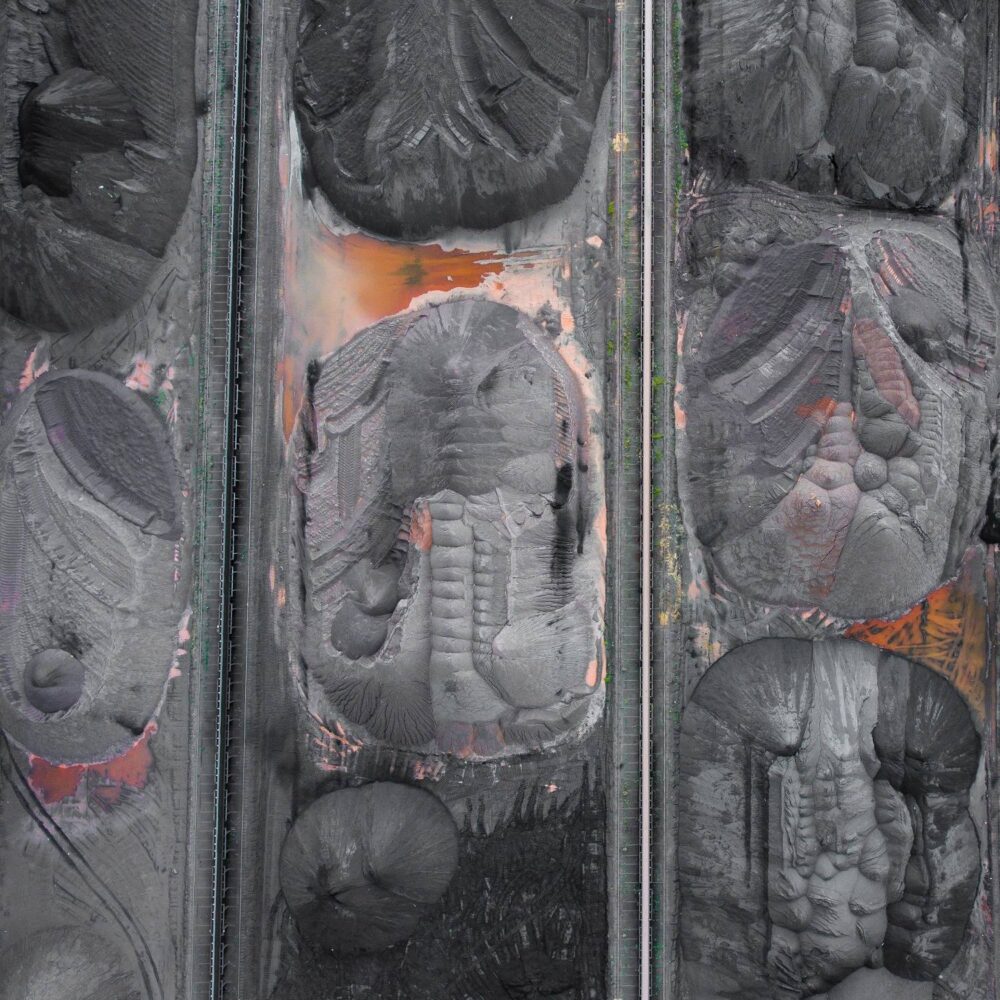
Advertising banners
Ostania aktualizacja 27 January 2023
Advertising banners: Advertising is information combined with a persuasive message. It is usually aimed at encouraging the purchase or use of certain goods or services, supporting specific matters or ideas (e.g. brand promotion).
The advertisement should contain easily presented and easily assimilated information on the offered service or product. The information should be sent to everyone, it should be “engraved” in memory or intrigue the recipient.
- https://www.fmania.pl/wczasy-za-granica-europa/
- https://www.nectum.pl/wady-i-zalety-folii-na-smartfona/
- https://www.kora.net.pl/jakie-dodatki-do-smartfona-warto-zakupic/
One of the best ways to present your product and just “get” in the memory of an advertising banner is one of the outdoor (outdoor) advertising media, placed on specially adapted poles, foundations or mounted on the walls of buildings, used to display advertisements. Ordinary banner ads are trivial just to get them into the heads of people and stay in them for a long time.
However, many people have no idea how powerful banner weapons are for large corporations. Placed in a visible place will always fulfill its task, because in public space it will always have its viewer. The Internet network is very popular, but still many people use the services on command or prefer to choose a provider from their city. A banner noticed by such a person will be a good casual lure to visit your premises or website and get to know the service.
Advertising banners are, however, one of the most expensive forms of advertising, however, it also serves the company or product advertised to a certain extent, it can be said that the prosperity of the company and the fact that it simply can afford it.
Banners also fit into the landscape, a good example here can be large agglomerations such as Tokyo, where the city is full of banners and fit into the “decor” of the city, there are not only ads but also a showcase of the city.
When describing banners, images of large billboards in the city center come to our forefront, however, banners are getting better on the internet, they are timeless advertising that will not be a thing of the past.
On the internet, a banner is a graphic form of providing information or advertising content, often a link to the website of the promoted product. Most often it is made in Adobe Flash technology, previously they were mainly animated graphic files in GIF format, sometimes JPEG files are used. Animations in Adobe Flash format, although visually more attractive, require that the user have a special plug-in installed and active to play them. Not all advertisers are aware that this animation will not be shown to some users (you’ll be prompted to install the plugin).
One of the banner types is the interactive expand banner that unfolds when you hover over it. Maximum sizes are usually 468 × 240 pixels.
Although proper placement of the banner is much more difficult than its graphic design, it pays to carefully plan the place of publication.
58% of AdKeeper respondents said that banner ads do not arouse any emotions – which reduces the likelihood of engagement. Cookies and the use of behavior based marketing techniques have made it much easier for us to find the right place to place an ad that will be relevant and effective for Internet users who are actually interested in issues viewed on the Internet. It is worth going a step further and creating an advertisement that will be effective regardless of whether it is based on demographic data or web browsing history.
Nissan, wanting to improve the sales results of its cars in Dubai, put a banner on the popular Dubizzle website, which makes it easy to find an apartment. Based on the data the user provided on the site – budget, neighborhood, family size – Nissan’s ad suggested a car model tailored to his needs. In the video below you can see the results of the action.
A good banner will always achieve the intended results, which is why it is so important to think about a good design and advertising strategy first. An advertising banner that will arouse the curiosity of potential customers will make them willing to look for more information about the company in other sources.







